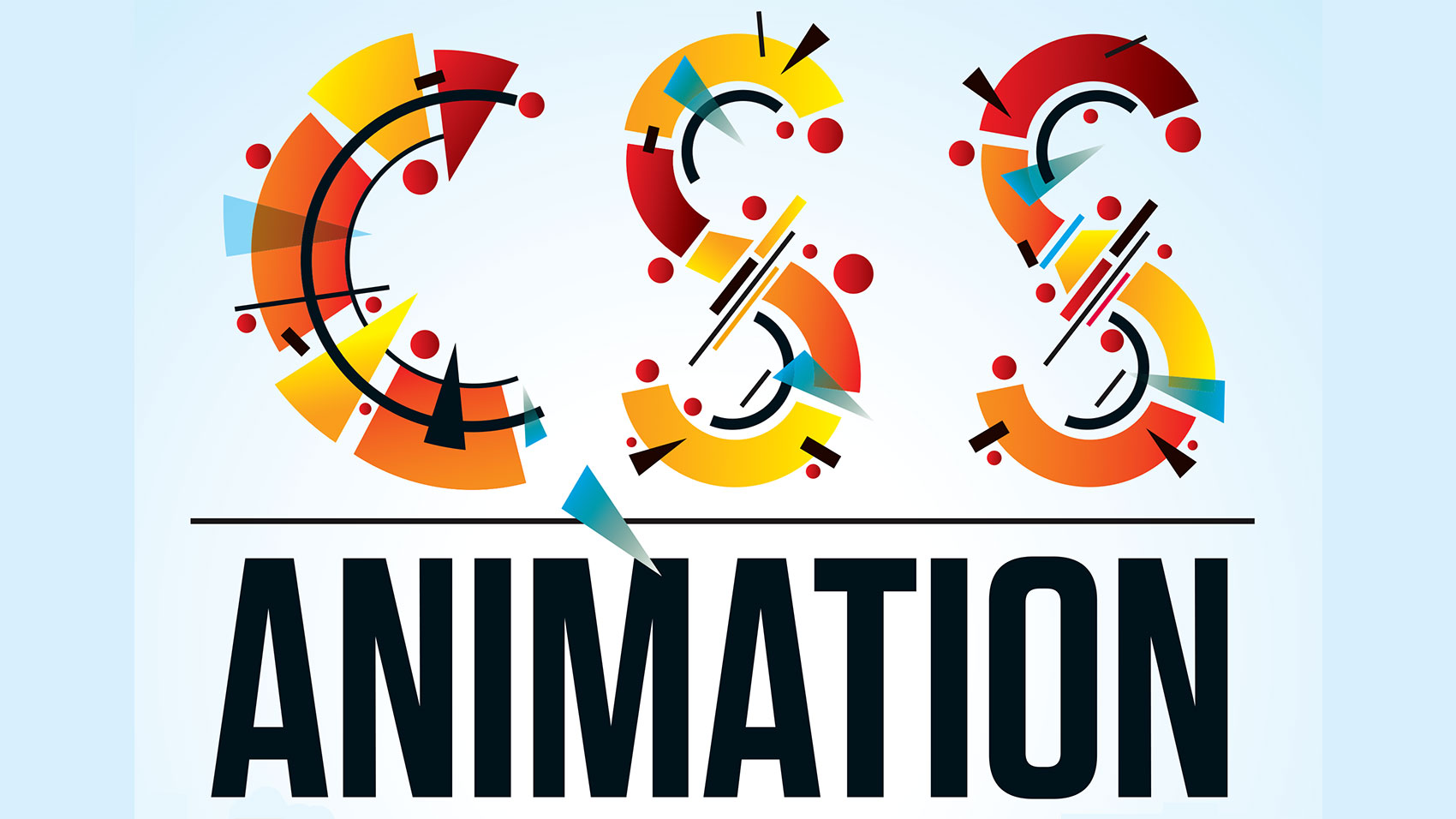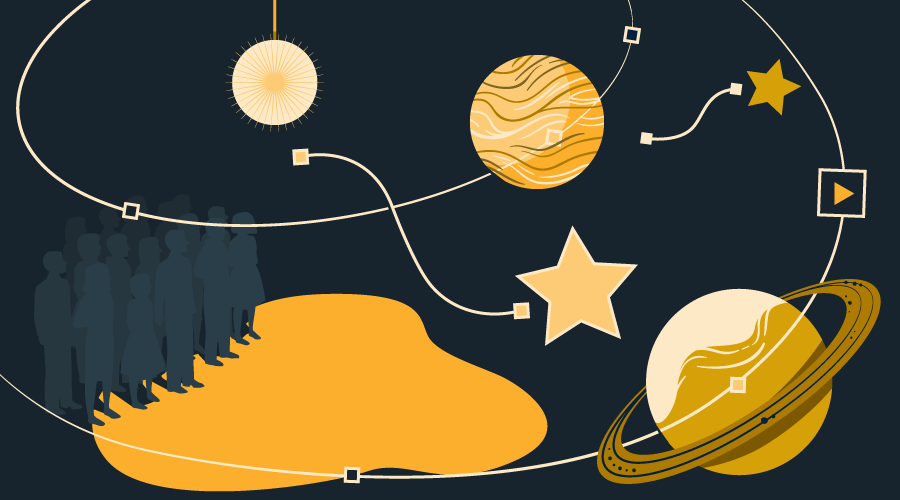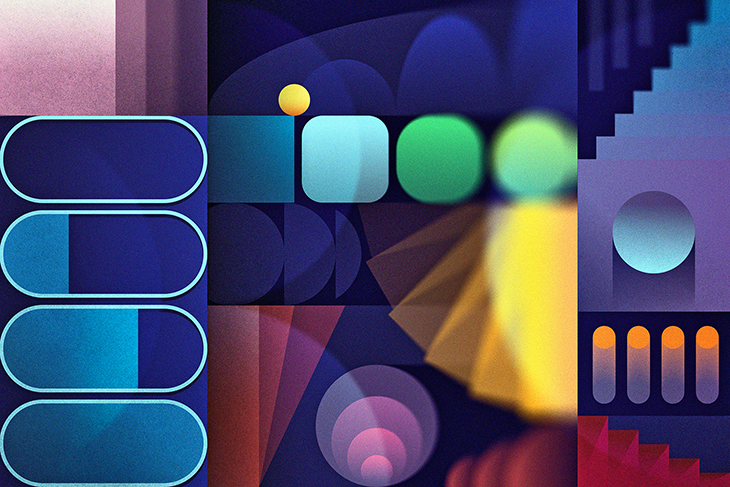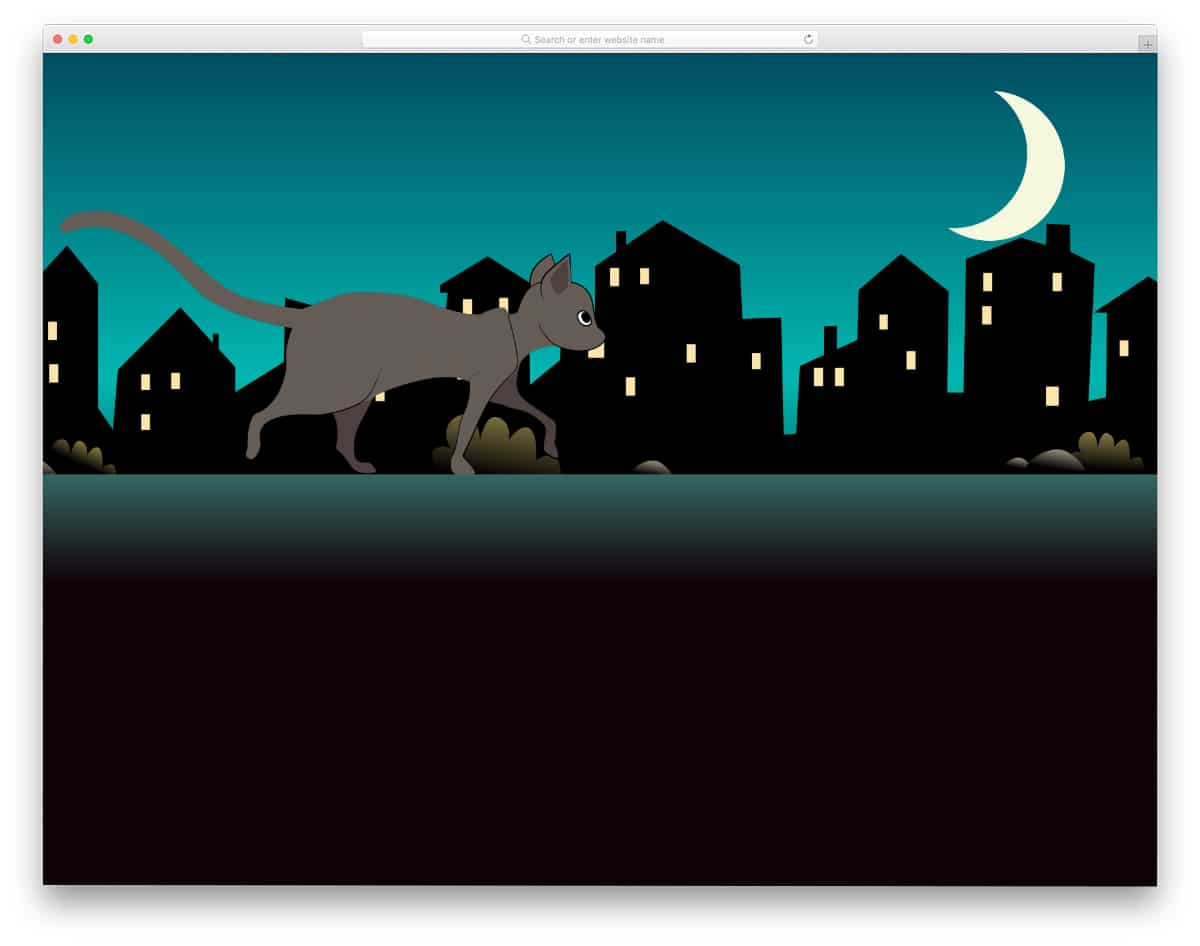
Css Animation is the process of making a static graphic, like a logo or icon, come to life. It’s an exciting way to add a little zing to your designs and make them more engaging for users. In this article, we’ll explain how animations work in CSS and show you how to create simple animations with CSS transitions and keyframes.
transition
- transition is a shorthand property that contains three individual properties:
- transition-property (the name of the property you want to animate)
- transition-duration (the length of time it takes for an animation to complete)
- transition-timing-function (how the animation will take place over time, e.g., linear or ease)

css animation generator
The CSS Animation Generator is a tool for creating CSS animations. By entering keyframes and values, you can create a full animation with ease.
The benefit of using the generator is that it allows you to see what your animation will look like right away without having to write any code. For example, if you enter a width of 100px and 50%, it will display that in real time on the canvas so you know exactly how it will look before saving or sharing!
css animation loading
Loading animations are an essential part of modern web design. They tell users that something is happening and make them feel more comfortable with the interaction. When done well, they can even be downright delightful.
Here’s how you can create a loading animation using CSS:
- Import the [caniuse] library at the top of your page. This will help you use browser-specific features so your animation works for everyone who visits your site! For example, if your animation uses rounded corners on elements, this will let us know if those features are supported by someone’s device/browser so we won’t waste time trying to run code that won’t work there anyway.
- Create a function called `load` (this name isn’t important but it helps keep things organized). This function should accept one parameter: `elem`. This represents an HTML element like or .
- We’ll use this parameter later when creating our animation but it doesn’t need anything special right now so we’ll just leave it blank for now.* In this same file (or another file where all of your animations will live), define “class`name

css animation transition
Transitions are a way of animating changes in CSS properties between two states. They can be used to animate almost any CSS property (including background-color, width and height), but they’re most commonly seen when changing the width or height values of an element.
As with keyframe animations, transitions can accept a multitude of different values for the transition-property , transition-duration and transition-timing-function . They’re also able to accept multiple comma separated values for each property (e.g., “background-color:red; border:solid 1px blue; transform:scale(0) rotate(45deg) translateY(100px) translateX(200px);”).
Just like keyframe animations, if you want your animation to start immediately upon page load then you need to add an additional value called “none 0s ease 0s” in your declaration block.
css animation tutorial
CSS animations are a great way to add a little flair to your website. With the help of some code and a few lines of CSS, you can make all kinds of changes across your site that would otherwise be tedious or difficult to create.
If you’re new to CSS animations, it’s not too late! We’ll walk through the basics here—how they work, what makes them unique from other types of animations on the web, and how easy it is for anyone with basic HTML/CSS experience (or even none at all) to get started creating their own animations with just a few lines of code.
- What Is A CSS Animation?
A CSS animation is an animation that uses only CSS properties for its motion effects instead of using JavaScript directly in order for motion effects like movement (transition) or rotation (transform). It has its own set of rules which dictate how long each frame should last within one full cycle (effectively determining duration)
how many times per second this cycle should repeat itself (known as framerate), whether or not there should be any delay before starting each iteration so that things don’t appear too jittery when first loading up on screen; etc..

css animation 3d
An animation is a series of images that creates the illusion of movement when the pictures are displayed in quick succession. CSS3 animations are a more complex type of animation, and they use the same syntax as CSS transitions. To begin with, let’s create an animation with some 3D effects.
CSS3 3d animations are created using various properties related to perspective and transform. The most commonly used property is transform: perspective(x), where x is a number between 0-1000 (or -1000).
Here’s how it works:
css animation in react
Let’s get started with the basics.
First, a brief overview of what CSS is:
CSS is a language used to describe the look and layout of a website or app. It makes it easy to control colors, fonts, and how elements are displayed on screen. It also allows you to animate elements in your design by changing their size or position over time. The best part about CSS animations is that they’re built into every browser ever made since forever! You don’t need any additional software or plugins installed on your device for them to work (although some browsers do have some limitations).

transform
The transform property allows you to rotate, translate, scale and skew elements. The transform is a shorthand property that allows you to set multiple transformations at the same time.
Transformations are applied in order from left to right: translateY(100px), scale(2), rotate(30deg) will be translated by 100 pixels down, then scaled to twice its size horizontally, then rotated 30 degrees clockwise.
The transform-origin property defines how an element’s coordinate space is mapped onto another coordinate space.
animation
Animation is a form of cinema where characters and objects are manipulated by a series of drawings or photographs. The word comes from Latin ‘animus’ meaning ‘soul’ (as in giving life to) and ‘animare’ meaning ‘to animate’. It has been used since the early 1900s to create cartoons, advertisements and music videos.
Animation can be used for many different reasons including entertainment, advertising or education.
animation is fun
Animation is fun, and there’s no reason you can’t learn how to do it! Animation is not just for kids. It’s a great way to learn new skills and express yourself creatively. Animation allows you to see your ideas come alive before your eyes, in a way that static images never could.

Conclusion
I hope you’ve been able to get a handle on how CSS animations work and which ones are best for your project. I know that for me personally, it’s always been hard to remember all the different types and syntaxes of animation available in CSS. But with this article and its resources, I feel like things are starting to make sense now!
Read more: Css flex








